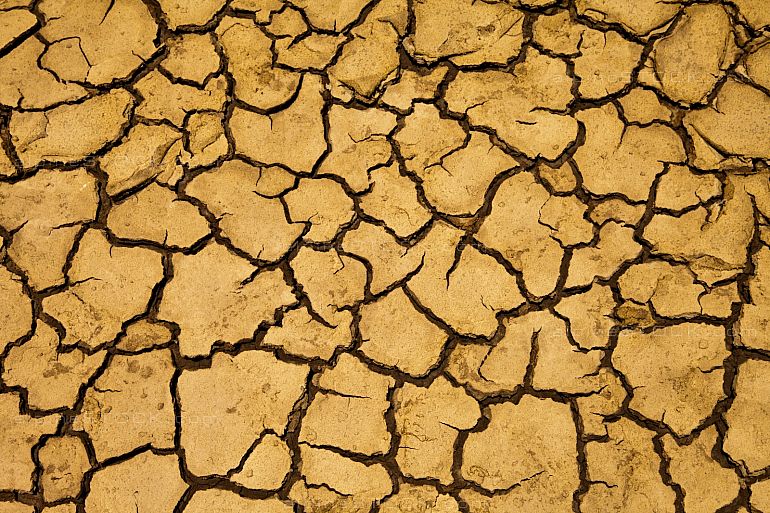I have read with interest lately about old clay mines. In some cases, the clay was used for pottery and to make dishes, bowls, the things necessary for civilized life.
In some cases, fires in the late 1800s destroyed entire building blocks and commercial districts. This led many cities to adopt building ordinances that made new construction use bricks.
These building bricks often came from brick factories that sprang up near the cities, as bricks are heavy and expensive to ship. So, somewhere near you, is probably a forgotten clay mine that once produced bricks by the thousands of tons.
In order to make bricks, you need a good source of clay, and then a means to form and fire the bricks, and a good means of transportation to deliver the bricks.
In many cases, the brick industry became more specialized and centralized, and the local brick makers went out of business (typically the early 1900s).
This means that all over the place, are old abandoned or forgotten sources of clay. Good clay!
Clay for bricks …
Clay for industrial use …
Even bentonite clay.
I know of a premier deposit of bentonite clay — and this is extremely pure bentonite that can be used for cosmetics and actually ingested for health purposes — but the mine was never seriously put into production. I drive by it occasionally and think of the many thousand tons of cosmetic grade bentonite clay in the ground.
Are there some abandoned, forgotten, and neglected deposits of clay near you?
Just waiting — begging! — to be acquired and brought into production?
In order to figure out what kind of clay it is, we have created a clay evaluation package. It includes x-ray powder diffraction testing (XRD), cation exchange capacity (CEC), and then a summary outlining what kind of clay you might have, and what the possible uses might be.
To get us started testing your “secret treasure” of clay, go here!
Check out our other social media pages!
